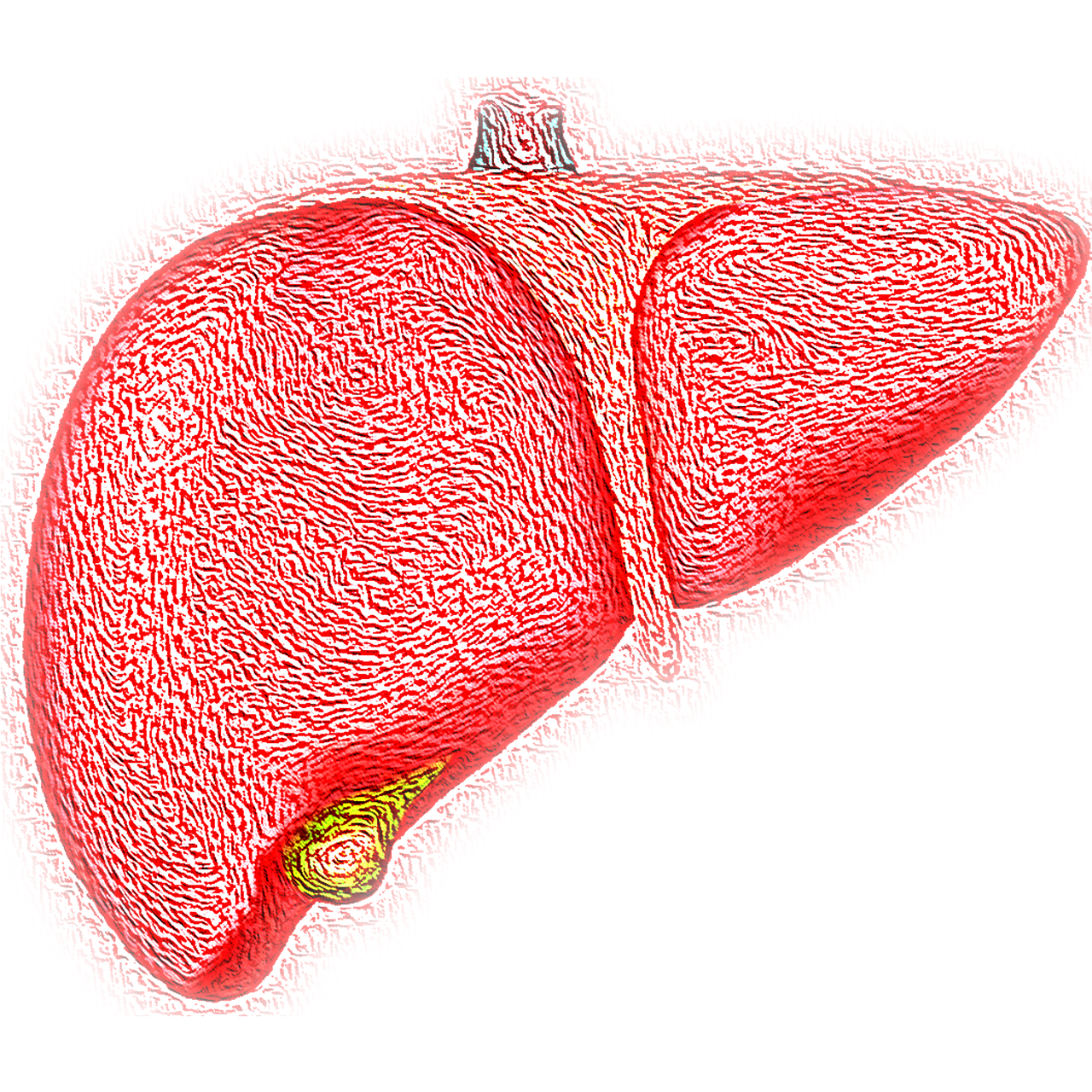In recent years, there has been an alarming rise in a silent epidemic that is affecting millions of people in India. Non-Alcoholic Fatty Liver Disease (NAFLD) is quietly wreaking havoc on the liver health of individuals, even those who do not consume alcohol. This blog post sheds light on the growing prevalence of NAFLD in India and offers insights into its causes, symptoms, and potential preventive measures. For anyone concerned about their liver health or interested in understanding this pressing issue, this blog post is a must-read. Get ready to uncover the hidden dangers and take steps towards a healthier liver. Join us in the fight against NAFLD! #LiverHealthMatters #India #NAFLD
Nonalcoholic fatty liver disease (NAFLD) is a term used to describe a variety of liver conditions that affect individuals who consume minimal to no alcohol. The primary characteristic of NAFLD is the excessive accumulation of fat in liver cells.
NAFLD typically presents without any noticeable signs or symptoms. However, if they do manifest, they may include:
- Fatigue
- Discomfort or pain in the upper right portion of the abdomen
Signs and symptoms that may indicate the presence of NASH (nonalcoholic steatohepatitis) and advanced scarring (cirrhosis) consist of:
- Abdominal swelling, also known as ascites
- Enlarged superficial blood vessels
- Hypertrophy of the spleen
- Redness in the palms of the hands
- Yellowing of the skin and eyes, a condition called jaundice
Among the lifestyle diseases that are increasingly prevalent worldwide, one that stands out is non-alcoholic fatty liver disease (NAFLD).
CURRENT STATUS OF INDIA

This lifestyle-related ailment affects around 25 to 30 percent of the global population and has seen a significant rise in India, with approximately 40 percent of the population being affected by NAFLD. According to a recent study conducted by AIIMS, over one-third (38 percent) of Indians have fatty liver or non-alcoholic fatty liver disease.
It is worth noting that this phenomenon is not limited to adults alone, as it also affects nearly 35 percent of children, as reported in the June 2022 issue of the Journal of Clinical and Experimental Hepatology.
RISK FACTORS OF NAFLD

- Obesity: Being overweight or obese is a significant risk factor for NAFLD. Excess body fat, especially in the abdominal region, is associated with insulin resistance and increased fat accumulation in the liver.
- Insulin resistance: Insulin is a hormone that helps regulate blood sugar levels. Insulin resistance occurs when the body’s cells don’t respond effectively to insulin, leading to higher insulin levels in the blood. Insulin resistance is closely linked to NAFLD development.
- Type 2 diabetes: People with type 2 diabetes are more prone to developing NAFLD due to insulin resistance and other metabolic factors.
- Metabolic syndrome: Metabolic syndrome is a cluster of conditions that includes abdominal obesity, high blood pressure, high blood sugar levels, and abnormal cholesterol levels. It significantly increases the risk of NAFLD.
- High triglyceride levels: Elevated levels of triglycerides, a type of fat found in the blood, are associated with an increased risk of NAFLD.
- Sedentary lifestyle: Lack of physical activity is a risk factor for NAFLD, as exercise helps improve insulin sensitivity and overall metabolic health.
- Unhealthy diet: Diets high in saturated fats, trans fats, and refined carbohydrates have been linked to an increased risk of NAFLD.
- Genetics: Family history and genetic factors can play a role in the development of NAFLD. Some people may be more predisposed to the condition due to their genetic makeup.
- Age: NAFLD is more common in middle-aged and older adults, although it can affect people of all ages.
- Ethnicity: Certain ethnic groups, such as Hispanics, have a higher prevalence of NAFLD.
- Certain medical conditions: Some medical conditions, such as polycystic ovary syndrome (PCOS), sleep apnea, and hypothyroidism, are associated with an increased risk of NAFLD.
- Medications: Certain medications, such as corticosteroids, tamoxifen, and methotrexate, can contribute to the development of fatty liver.
Management of NAFLD

Lifestyle Modifications:
- Weight Loss: Achieving and maintaining a healthy weight through diet and exercise is crucial in managing NAFLD. Even a modest weight loss (5-10% of body weight) can significantly improve liver health.
- Healthy Diet: Encourage a balanced diet that is rich in fruits, vegetables, whole grains, and lean proteins. Limit the intake of sugary and processed foods, saturated fats, and refined carbohydrates.
- Physical Activity: Regular physical activity can improve insulin sensitivity and reduce liver fat. Aim for at least 150 minutes of moderate-intensity aerobic exercise per week.
- Avoid Alcohol: Even though NAFLD is not caused by alcohol, it’s essential to avoid consuming excessive alcohol as it can worsen liver damage.
Management of Associated Conditions:
- Regular Monitoring:
- Individuals diagnosed with NAFLD should undergo regular monitoring to assess liver health and disease progression. This may involve liver function tests, imaging studies (ultrasound, MRI, elastography), and fibrosis assessments.
- Avoiding Hepatotoxic Medications:
- Individuals with NAFLD should avoid medications that may cause liver damage. Always consult a healthcare professional before starting any new medication.
- Liver Health Education:
- Patients should be educated about their condition, the importance of lifestyle changes, and the potential risks of disease progression if not managed effectively.
- Advanced Therapies:
- For individuals with advanced NAFLD or non-alcoholic steatohepatitis (NASH) with significant fibrosis or cirrhosis, there are ongoing research and development of potential drug therapies. Some drugs are being studied to target specific pathways involved in liver inflammation and fibrosis.
In conclusion, Non-alcoholic fatty liver disease (NAFLD) is a significant and prevalent liver condition that affects individuals who consume little or no alcohol. It is closely linked to obesity, metabolic syndrome, and insulin resistance, and its prevalence is on the rise worldwide. NAFLD encompasses a spectrum of conditions, from simple fatty liver to non-alcoholic steatohepatitis (NASH), which can lead to liver inflammation, fibrosis, cirrhosis, and even liver failure.
NAFLD is a multifactorial condition, and its management requires a comprehensive approach tailored to each individual’s specific health needs. Early diagnosis, lifestyle modifications, and proper medical care are essential to prevent disease progression and reduce the risk of complications. It is important to stay updated with the latest medical guidelines and consult healthcare professionals or liver specialists for the most current information on NAFLD management.



